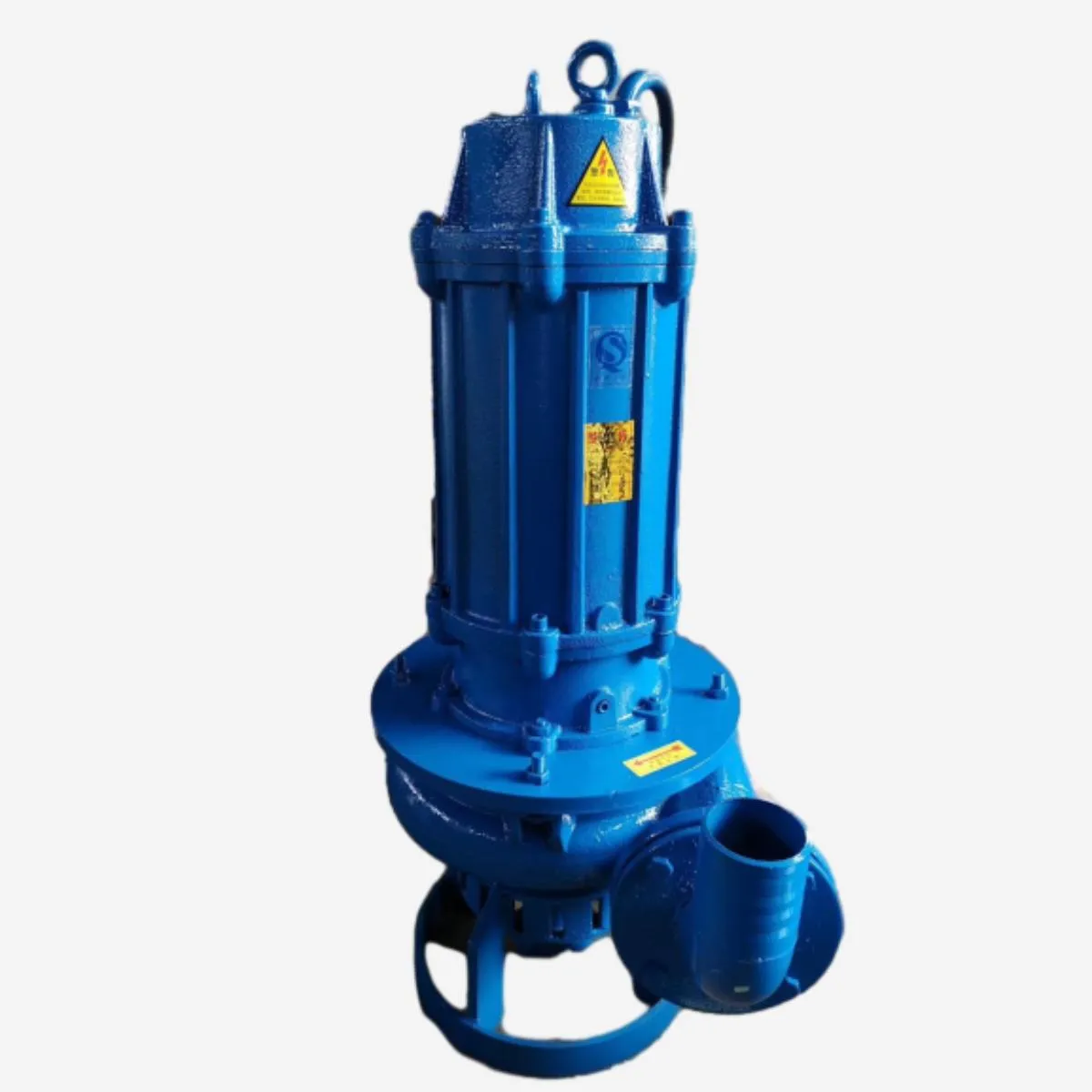Polish
- Afrikaans
- Albanian
- Amharic
- Arabic
- Armenian
- Azerbaijani
- Basque
- Belarusian
- Bengali
- Bosnian
- Bulgarian
- Catalan
- Cebuano
- Corsican
- Croatian
- Czech
- Danish
- Dutch
- English
- Esperanto
- Estonian
- Finnish
- French
- Frisian
- Galician
- Georgian
- German
- Greek
- Gujarati
- Haitian Creole
- hausa
- hawaiian
- Hebrew
- Hindi
- Miao
- Hungarian
- Icelandic
- igbo
- Indonesian
- irish
- Italian
- Japanese
- Javanese
- Kannada
- kazakh
- Khmer
- Rwandese
- Korean
- Kurdish
- Kyrgyz
- Lao
- Latin
- Latvian
- Lithuanian
- Luxembourgish
- Macedonian
- Malgashi
- Malay
- Malayalam
- Maltese
- Maori
- Marathi
- Mongolian
- Myanmar
- Nepali
- Norwegian
- Norwegian
- Occitan
- Pashto
- Persian
- Polish
- Portuguese
- Punjabi
- Romanian
- Russian
- Samoan
- Scottish Gaelic
- Serbian
- Sesotho
- Shona
- Sindhi
- Sinhala
- Slovak
- Slovenian
- Somali
- Spanish
- Sundanese
- Swahili
- Swedish
- Tagalog
- Tajik
- Tamil
- Tatar
- Telugu
- Thai
- Turkish
- Turkmen
- Ukrainian
- Urdu
- Uighur
- Uzbek
- Vietnamese
- Welsh
- Bantu
- Yiddish
- Yoruba
- Zulu
Telephone: +86 13120555503
Email: frank@cypump.com
sie . 13, 2024 11:04 Back to list
Understanding the Importance and Functionality of Sewage Ejector Pumps in Wastewater Management Systems
Understanding Sewage Ejector Pumps A Comprehensive Guide
Sewage ejector pumps play a vital role in the management and transportation of wastewater, particularly in residential and commercial settings where gravity drainage is not possible. These pumps are designed to move sewage from lower to higher elevations, ensuring proper disposal and preventing backing up into homes or buildings.
What are Sewage Ejector Pumps?
Sewage ejector pumps are submersible pumps used to handle the effluent from toilets, sinks, and other fixtures where gravity flow is not viable. They are typically located in a sump pit, a specially constructed basin that collects sewage and wastewater. When the liquid in the pit reaches a certain level, the pump activates, forcing the sewage upward through a discharge pipe to the main sewer line or a septic system.
How Do They Work?
The operation of a sewage ejector pump involves several key components. Upon reaching a predetermined liquid level, a float switch triggers the pump. The pump's motor then powers an impeller, which creates pressure to propel the sewage. Unlike standard sump pumps, which can handle only water, ejector pumps are specifically designed to handle solid waste, including human waste and toilet paper.
A crucial aspect of their design is the ability to grind or macerate solid waste materials, breaking them down into smaller particles. This feature allows for easier transportation through pipes, reducing the risk of clogs and blockages.
Types of Sewage Ejector Pumps
There are generally two types of sewage ejector pumps
sewage ejector pumps

1. Manual Pumps These pumps require manual activation, which can be impractical for regular use. They are seldom used in modern applications due to the advancements in automatic systems.
2. Automatic Pumps These are the most common type of sewage ejector pumps. Equipped with float switches, they turn on and off automatically based on the sewage level in the sump pit. Automatic pumps are more efficient and provide better convenience for homeowners.
Applications
Sewage ejector pumps are commonly used in various scenarios, such as
- Basement Toilets In homes with below-grade bathrooms, a sewage ejector pump ensures that waste is transported uphill to the main sewer line. - Laundry Rooms When washing machines are situated in basements or other lower areas, ejector pumps facilitate proper drainage. - Commercial Facilities Businesses often need to manage wastewater efficiently, making sewage ejector pumps essential in restaurants, hotels, and hospitals.
Maintenance
Regular maintenance of sewage ejector pumps is crucial for ensuring their longevity and performance. Homeowners should periodically inspect and clean the sump pit to prevent debris accumulation. It’s also advisable to have the pump professionally serviced at least once a year to check for wear and tear, ensure proper operation, and identify any potential issues before they escalate.
Conclusion
In conclusion, sewage ejector pumps are essential components in modern plumbing systems, especially for properties situated below the grade of the sewer line. Understanding their function, types, and maintenance can help homeowners make informed decisions regarding their installation and upkeep. By ensuring these pumps are properly maintained, property owners can safeguard against sewage backups, providing peace of mind and a safe, hygienic living environment.
-
ISG Series Vertical Pipeline Pump - Chi Yuan Pumps Co., LTD.|High Efficiency, Energy Saving, Low Noise
NewsJul.30,2025
-
ISG Series Vertical Pipeline Pump- Chi Yuan Pumps|High Efficiency&Low Noise
NewsJul.30,2025
-
ISG Series Vertical Pipeline Pump-Chi Yuan Pumps Co., LTD.|High Efficiency&Energy Conservation
NewsJul.30,2025
-
ISG Series Vertical Pipeline Pump - Chi Yuan Pumps Co., LTD.|Advanced Hydraulic Design&Energy-Efficient Solutions
NewsJul.30,2025
-
ISG Series Vertical Pipeline Pump - Chi Yuan Pumps Co., LTD.
NewsJul.30,2025
-
ISG Series Vertical Pipeline Pump - Chi Yuan Pumps Co., LTD.|energy-efficient fluid handling&industrial durability
NewsJul.30,2025










